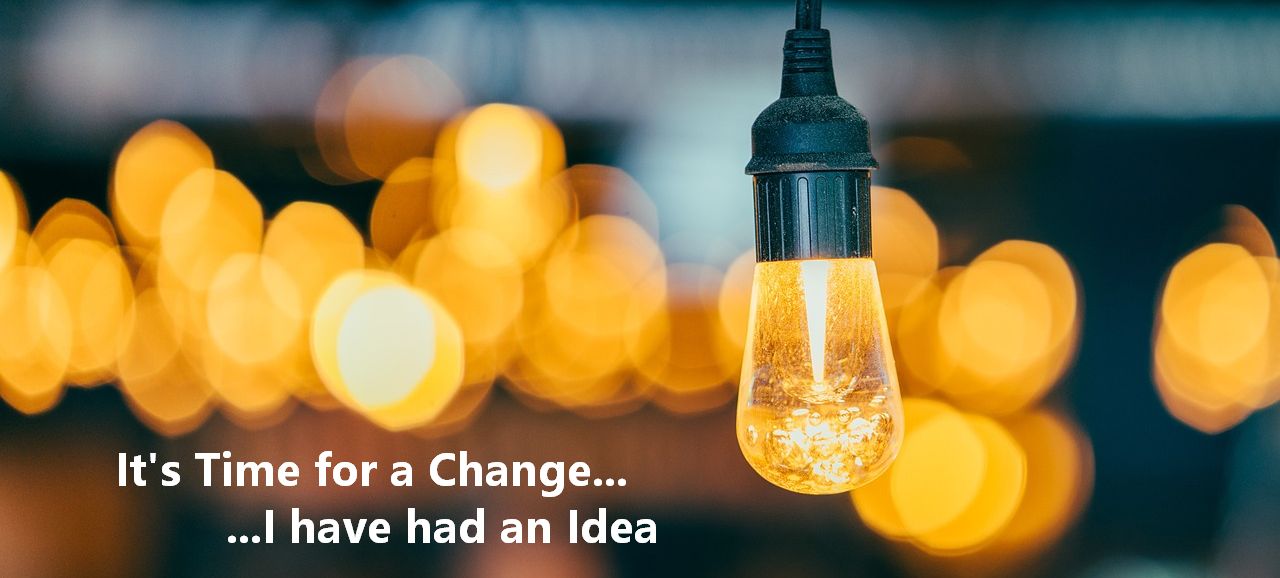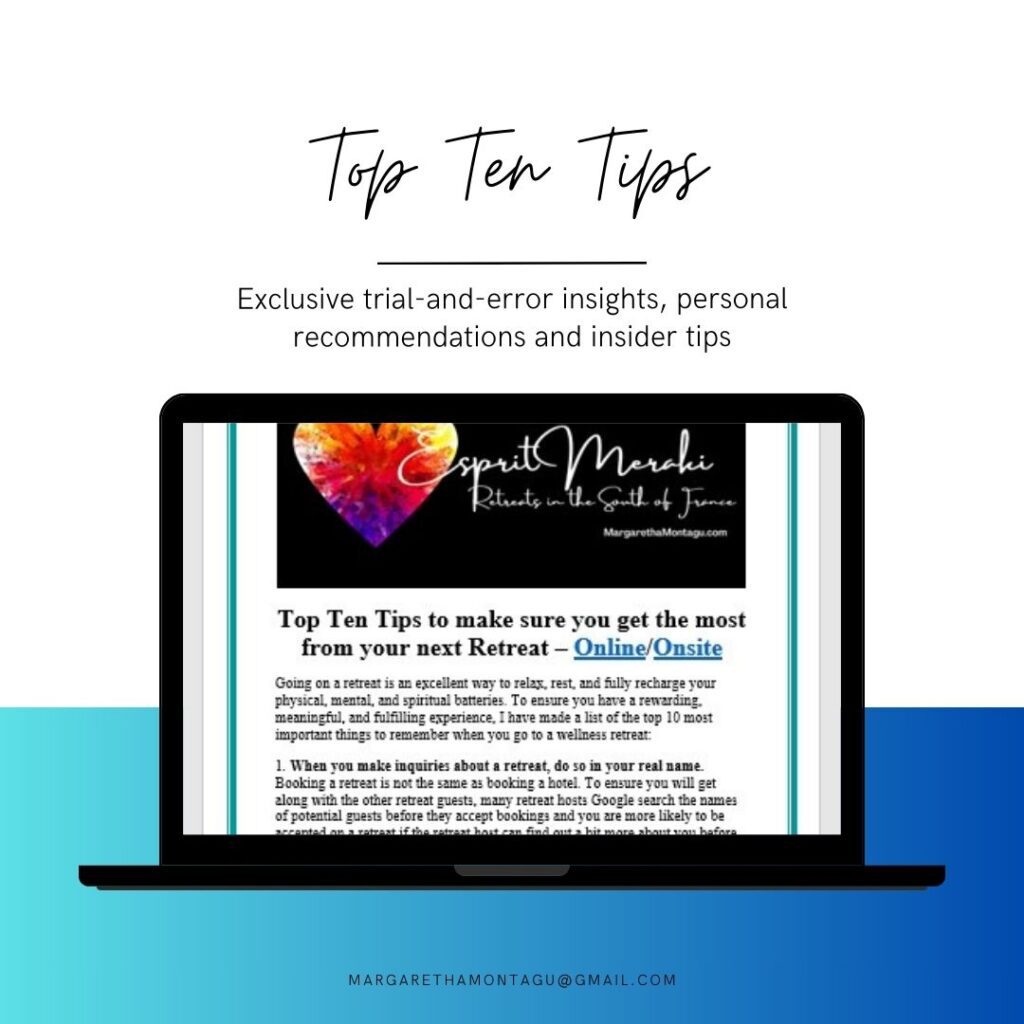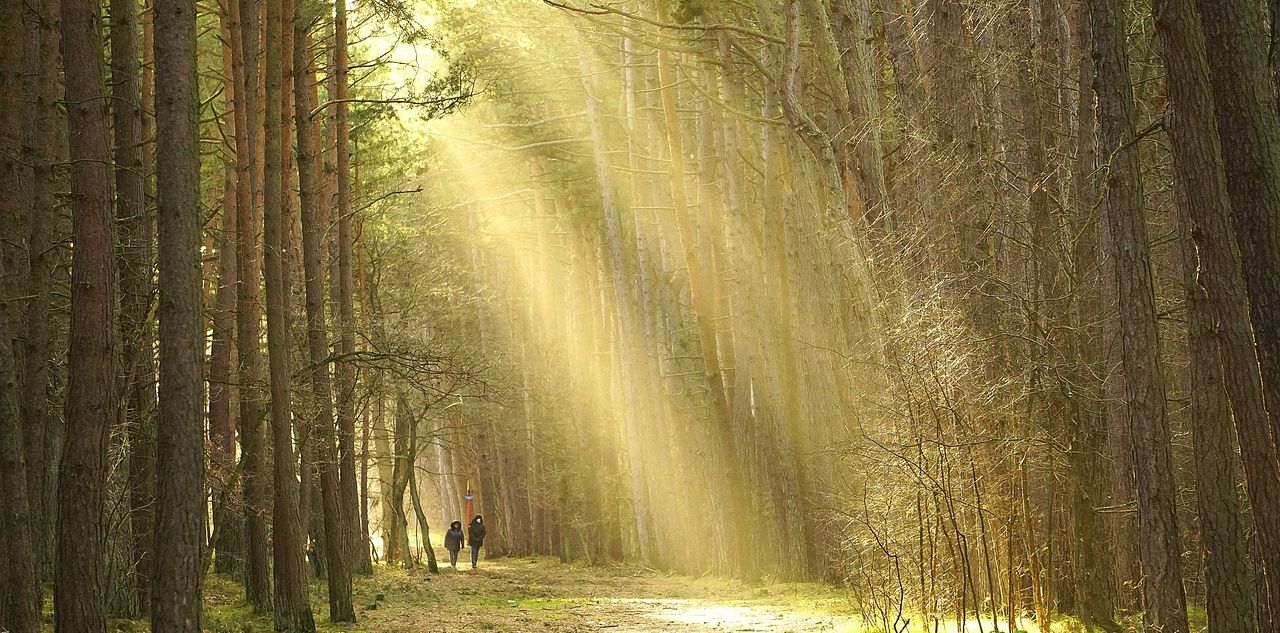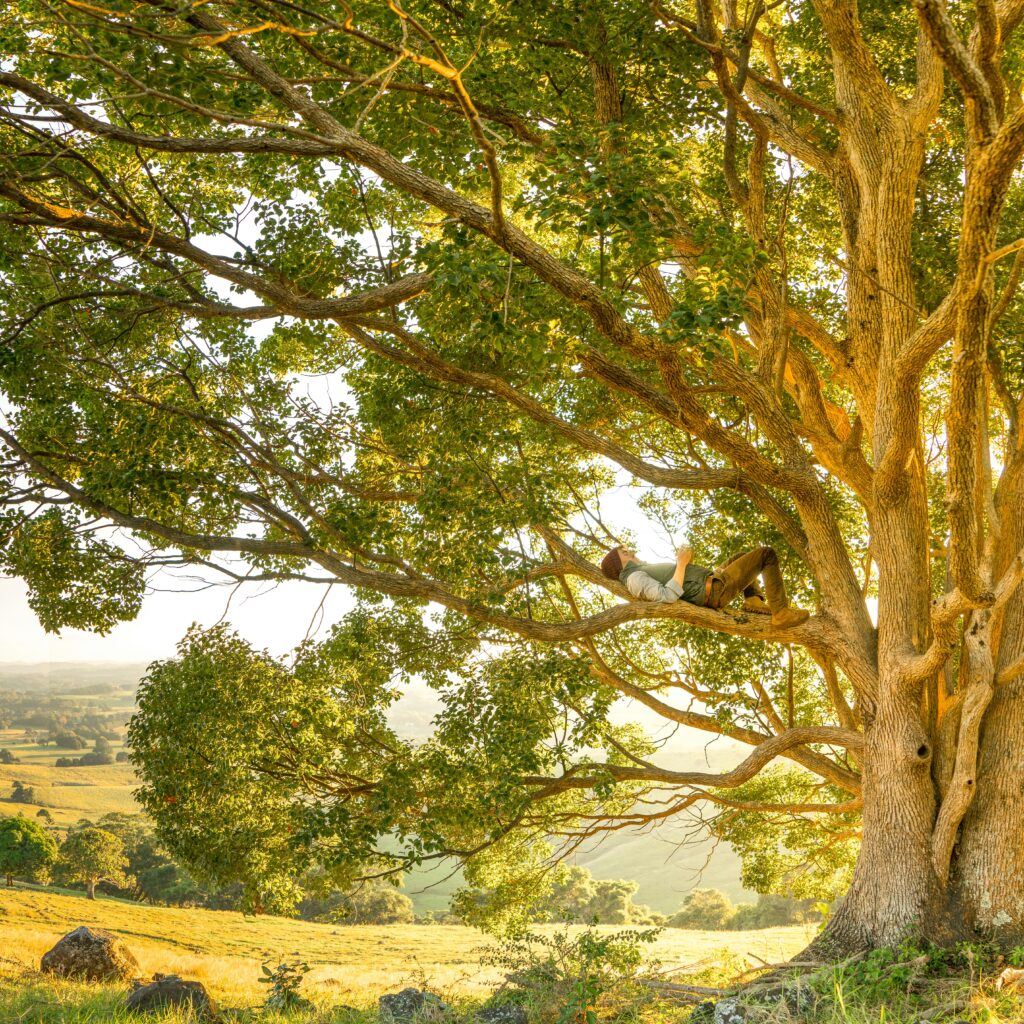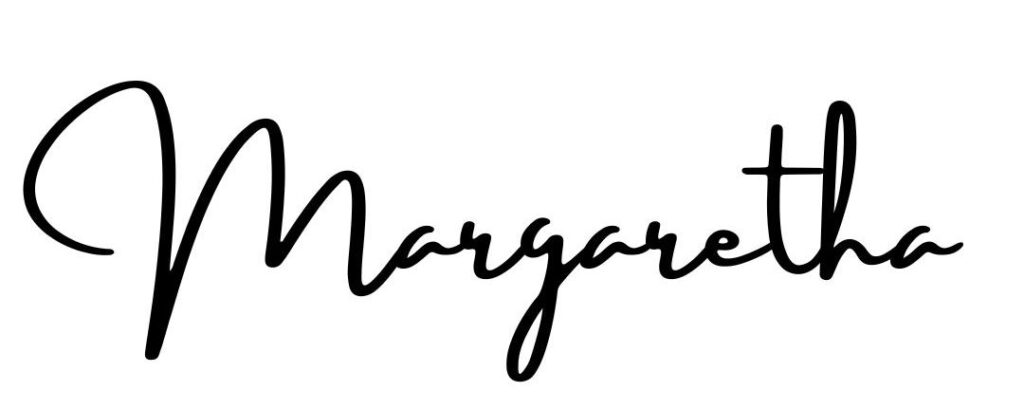I want to start this email by thanking all those wonderful people who have written to me after my last email: I can’t tell you how heartwarming it was to receive your encouraging responses. The consensus was: “You do You.”
I was standing in the cue in the pharmacy, five people in front of me. The young woman at the desk was chatting to the pharmacist about the recent retreat she attended on the Ile de Ré. Knowing that this was going to take some time, my mind wandered…to my own retreats.
What does “You do You” mean to me? Again and again, I come back to what I believe I’m best at: helping women through difficult life transitions like career changes, divorce, relocation, menopause, empty nest syndrome, loss of a spouse/friend(incl 4-legged ones) or family member, retirement, starting a business, getting used to living alone, facing health issues etc. I have been through many life changes and learned a bit more about coping with the stress generated each time.
“Change can be exhilarating, intimidating, overwhelming, challenging, or liberating, depending on your perspective. Changing your perspective can positively influence your ability to cope with change, whether voluntary or involuntary.” Dr Margaretha Montagu
I have weathered many changes over the years – I am coming to the end of another life transition now – using one or more of my (ever-evolving) stress-dissolving strategies:
- Spending time in Nature, preferably while walking – the Camino de Santiago is easily accessible from here, but sitting in my courtyard watching the sun come up with a cup of coffee to hand is pure bliss too.
- Spending time with my horses, even watching them chomp away at their hay makes me happy. What makes me happiest, is when they help my guests master stress-eradicating coping strategies.
- Reading – I am unashamedly addicted to historical murder mysteries in English, French or, on occasion, Dutch.
- Writing – I am a devoted daily gratitude journaler, a member of 2 writing groups and I am a productive writer of articles, stories (mostly about dragons,) courses and books.
- Giving my time to a charity – the one I spend most time supporting has irresistible side benefits – it sells vintage clothes, shoes, books and bric-a-brac.
- Looking after myself mentally, physically and spiritually. I have managed to slow the progression of my eye disease by eating healthily and sticking to intermittent fasting for nearly 5 years now.
- Spending time with my friends, good food, good wine, good company and all that – but what I especially love is sharing my house, my little farm, and Gascony, the awesome region where I am blessed to live, with them.
I wondered if it would be possible to combine the strategies I use to get through life transitions/changes into one all-inclusive retreat?
I host a selection of retreats, each based on one/two of my carefully curated stress-busting strategies :
- The Camino de Santiago de Compostela Walking Retreats, feating Walking and Writing Meditation
- The Detox Your Body Detox Your Mind with Intermittent Fasting Retreats featuring the Slimming Daisies
- The Booklovers Binge Reading Retreats (including the Christmas Jolabokaflod Retreat) and the Write Your Story Writers-in-Residence Retreats based on my Write Your Way to Serenity online course.
- The Mindfulness and Meditation with Horses Retreats featuring Equine-facilitated Mindfulness and Equine-guided Meditation
Could I combine all 5 of these retreats into one all-inclusive retreat? Spreading the word about each individual retreat is hard work – it would be much simpler if I only have one retreat to advertise.
And what about my online courses/retreats? Could I use one or more of my courses during this one-of-a-kind monster retreat?
- Hoofbeats to Your Heart’s Calling: Finding Your Life Purpose Guided by Horses
- The Write Your Way to Serenity: A Guided Journaling Retreat Inspired by Horses
- Horses Mending Broken Hearts: A Guided Journey to Finding Closure after the Loss of a Horse
- The Burnout to Breakthrough Online Retreat (not horse-inspired)
- The Mindfulness and Meditation with Horses Teacher Training Course
And my books, all French-flavoured and co-written by my Friesian and Falabella horses, how could they fit into the all-inclusive retreat scheme?
- Embracing Change in 10 Minutes a Day: Simple Strategies, Smart Suggestions and Insight-giving Stories (Fabriqué en France Book 3)
- Mindfulness and Meditation Options: Featuring Equine-guided Mindfulness Meditation (Fabriqué en France Book 2)
- Self-Confidence Made Simple: The 7 Secrets of Supreme Self-Esteem for Women who want to live fulfilling, purposeful and prosperous Lives (Fabriqué en France Book 1)
- How To Make Your Next Retreat Your Best Retreat Ever (Fabriqué en France Book 4)
Everything I have created in the last decade was inspired and induced by a life transition, so theoretically, everything could be used to enrich my monster retreat.
But!
But, but, but…
What I want for my retreat guests, more than anything else, is time to relax, rest and recharge their batteries, in their own good time, at their own pace, while they benefit fully from connecting with my Friesians and Falabellas and reconnecting with Nature in one of the most beautiful parts of the world.
Also, I want this retreat to be structured in such a way that my guests will want to come back year after year for their reconnect-and-reset fix, to spend one blissful week in an as-familiar-as-a-favourite-winter-cardigan sanctuary, lightyears away from the overwhelming demands of their personal and professional lives.
Not asking much, am I?
So what do you think? Is it practically possible, without having to make the retreat 4 weeks long?
If you would like to follow my journey and help me manifest my new retreat, just click on the button below and leave your e-mail address. To help you get into the habit of manifestation journalling too, I have created a free 7-part online course., the Manifest a Stressfree Life e-course. You can also download my free 10 Top Tips to Make Your Next Retreat the Best Ever Checklist.
By clicking above, I agree to receive emails from MargarethaMontagu.com. I understand that all emails contain an unsubscribe link and that I can opt out at any time.

